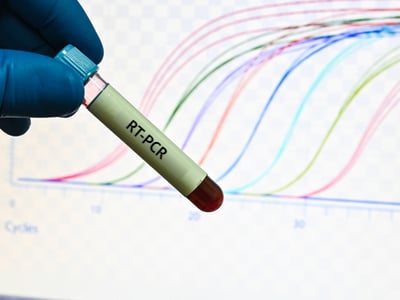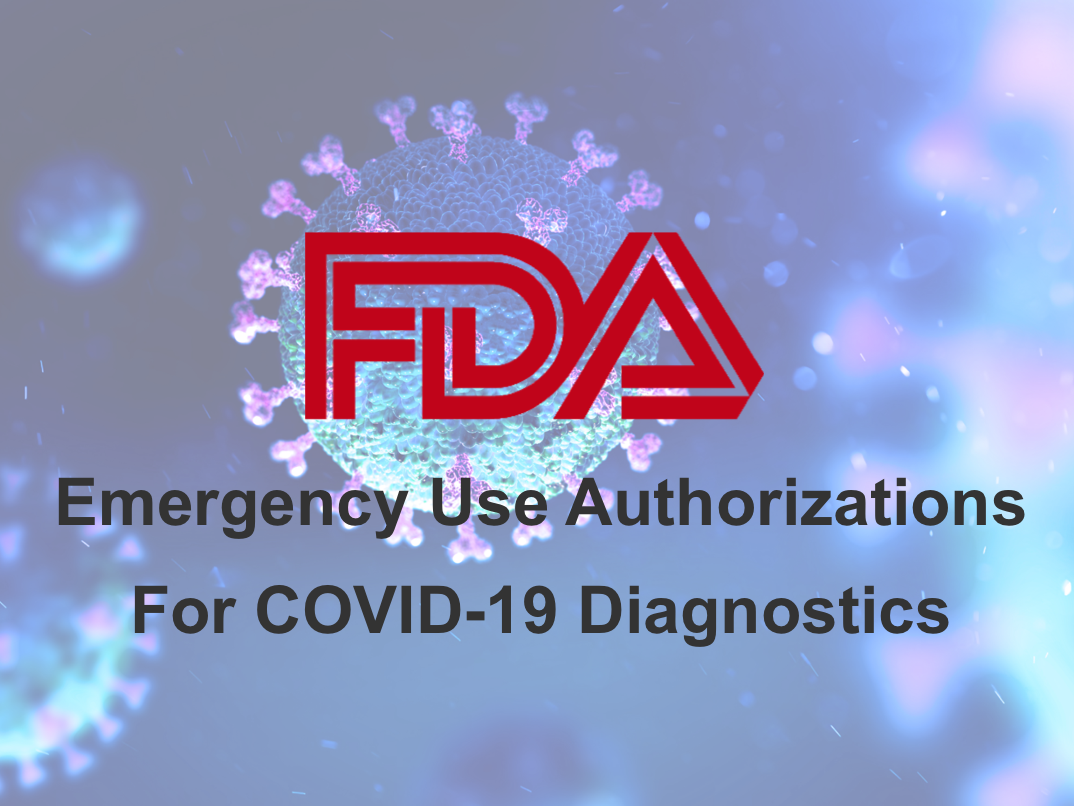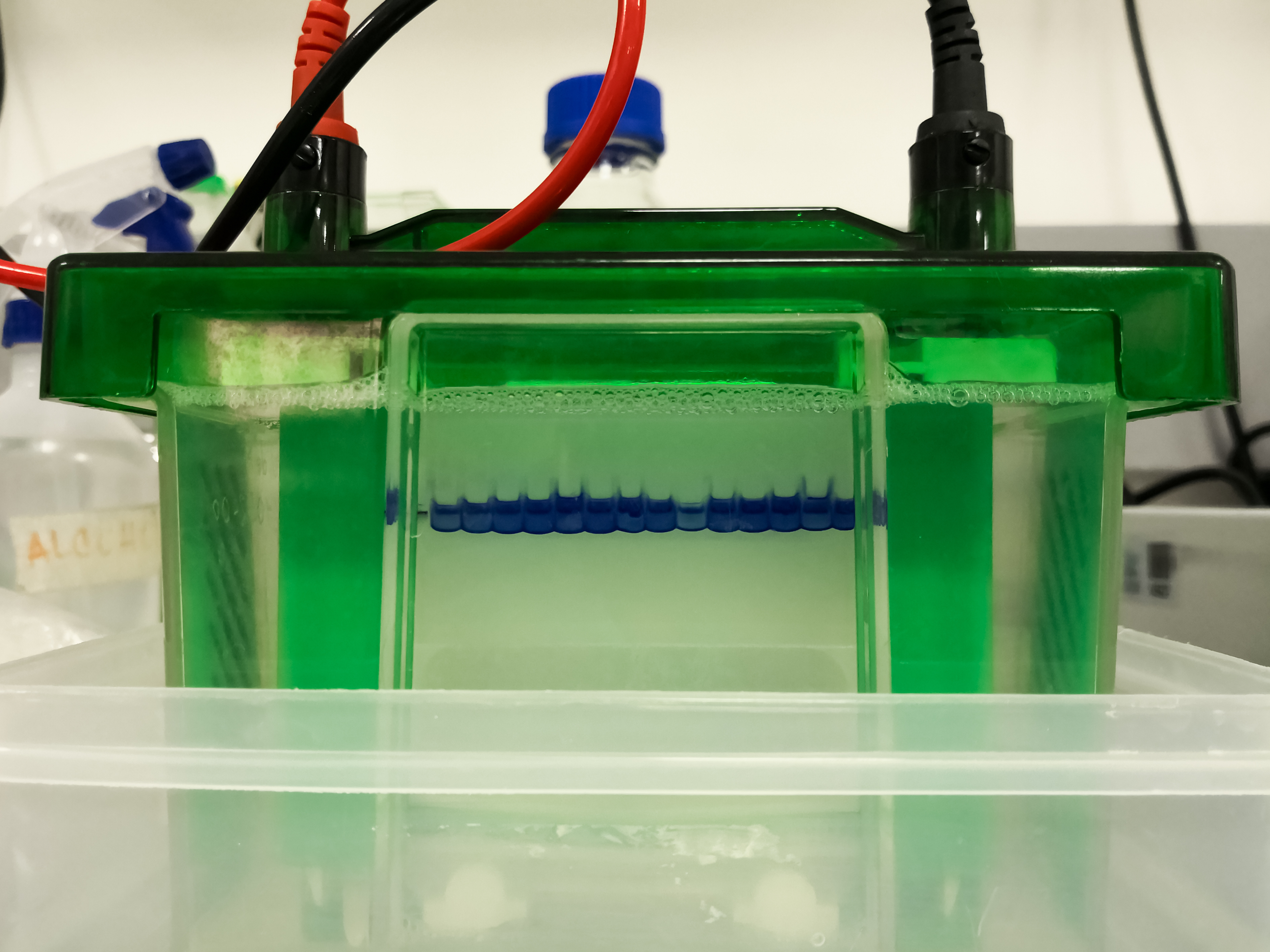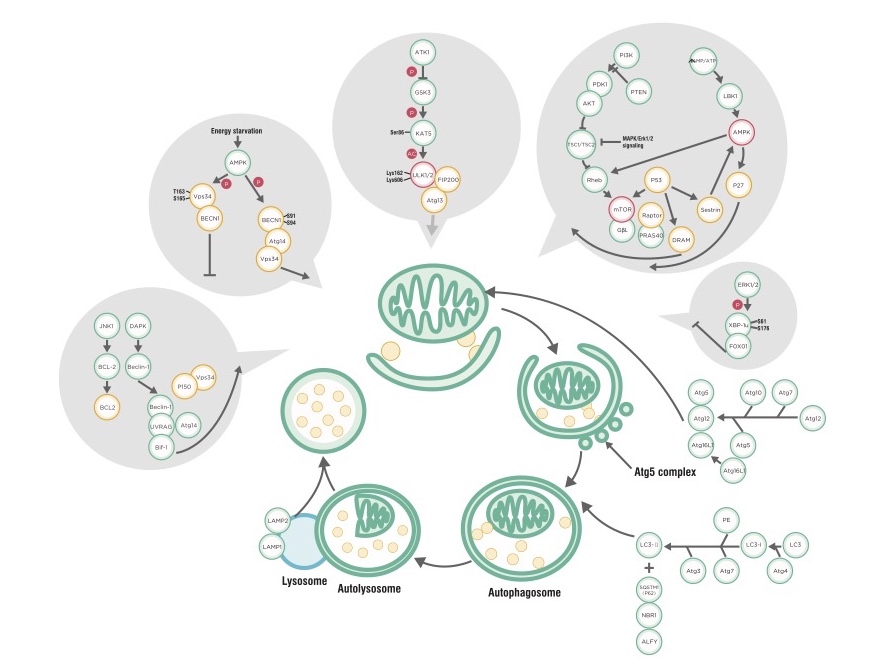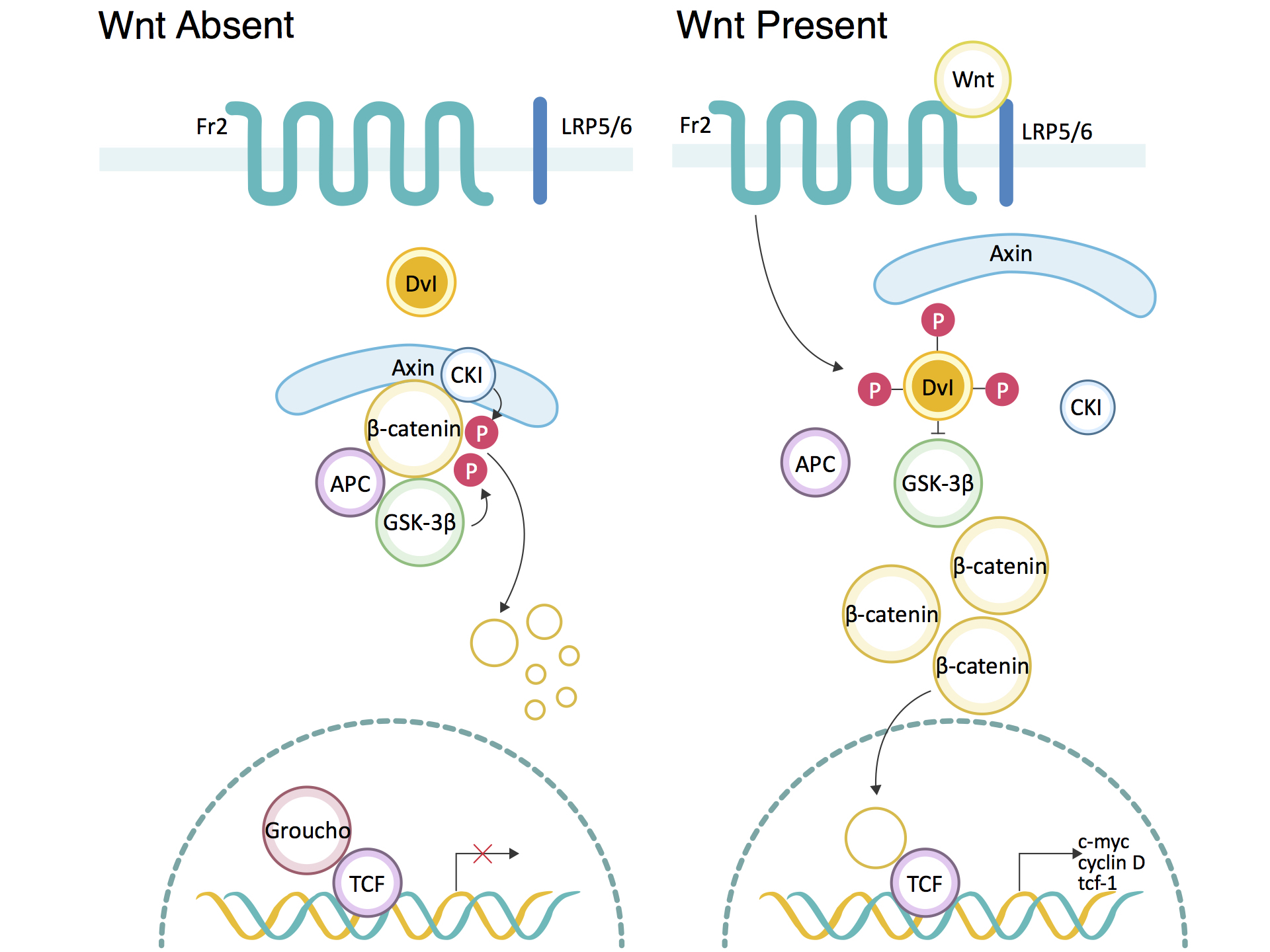The current COVID-19 public health crisis is unprecedented in the U.S. and worldwide. Everyone, including the U.S. Food and Drug Administration, medical workers, and biology researchers are busy doing whatever they can to fight against this epidemic. To help them handle the emergency and buy time for the suffering patients, ABclonal developed ABScript II One Step RT-qPCR Probe Kit (RK20407), a ready-to-use kit that can be used to quantify RNA with outstanding performance. Here, we would like to introduce the kit as well as the four reasons that you should use it.
The current coronavirus (COVID-19) pandemic is an unprecedented public health emergency in the U.S. Even though medical professionals are working around the clock to conduct testing, the problem still remains to be a shortage of diagnostic kits. Aimed to improve the limited diagnostic capability and to fight against the COVID-19 public health crisis, the FDA issued several emergency policies since late February.
Do you find yourself using a lot of SDS-PAGE gels for Western blotting and Coomassie staining? Or have your pre-cast gels been stored for too long and expired? Why not try to cast your own SDS-PAGE gels to save some budget for the lab, and produce just as valid of results. Today, we would like to share five tips for hand-casting SDS-PAGE gels, as well as the protocol and formulation to do so.
Autophagy is a natural mechanism in which the cell removes and degrades cellular components with autolysosomes. It is a popular research area because autophagy is related to many physical and pathological processes. The 2016 Nobel Prize in Physiology is granted to Yoshinori Ohsumi for his contribution in autophagy. In autophagy studies, LC3-I and LC3-II detection is a must-have experiment to track the autophagy process. Therefore, we would like to share five important notes for quantifying autophagy with LC3.
The Wnt signaling pathway, an evolutionarily conserved signal transduction pathway, is widely present in invertebrates and vertebrates. The Wnt signaling pathway plays a crucial role in early embryonic development, organogenesis, tissue repair, and many other physiological processes. The mutation of key proteins involved in this pathway can lead to abnormal activation of signals, and potentially induces the occurrence of cancer. In 1982, R. Nusse and H.E. Varmus identified the first Wnt gene from a mouse mammary tumor and named it Int1 (integration 1). Continued research found that the mouse Int and Drosophila Wingless (Wg) genes are homeotic, and thus combined their names to Wnt. H.E. Varmus himself also won the 1989 Nobel Prize in Physiology or Medicine for his great contribution in oncology.




